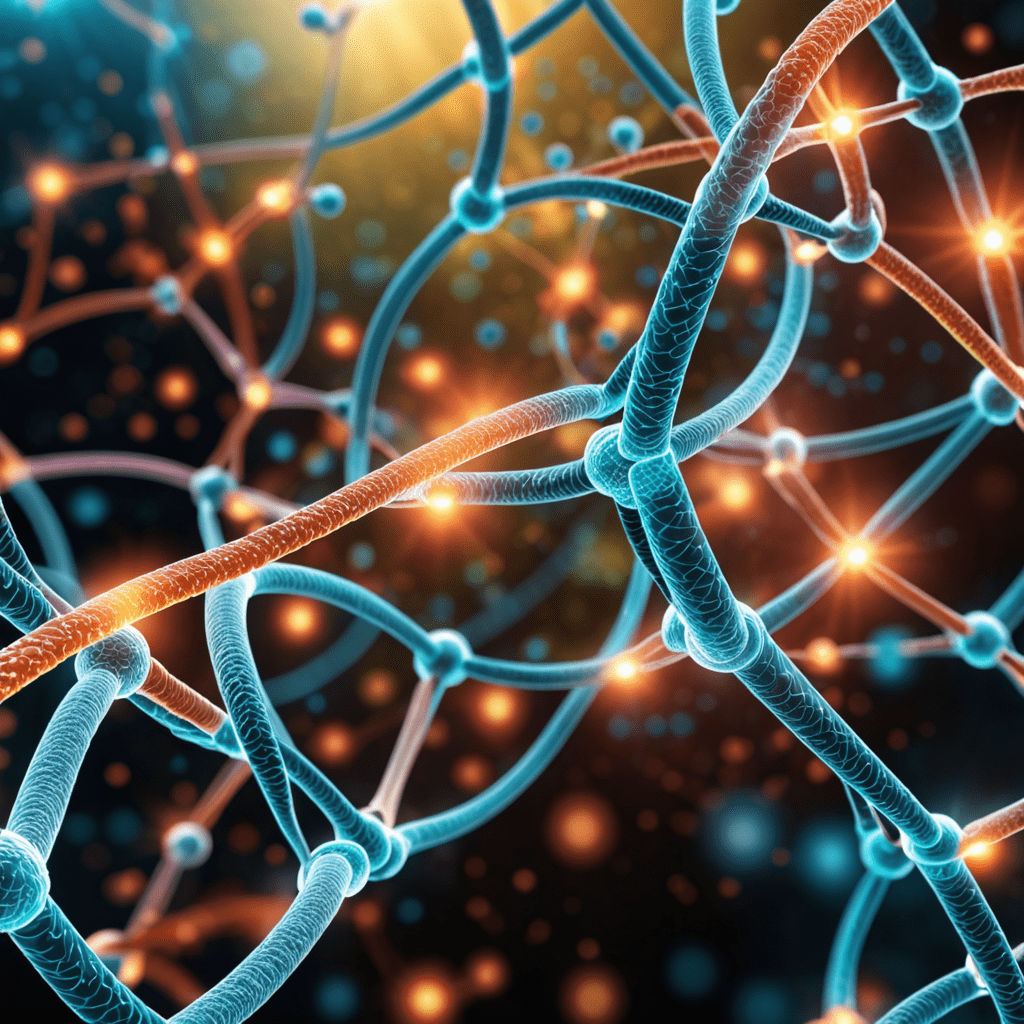Understanding Biotechnology and Bioinformatics: Pathway Analysis
The Role of Pathway Analysis in Biotechnology and Bioinformatics
Pathway analysis is a crucial tool in the fields of biotechnology and bioinformatics. It involves the study of biological pathways, which are a series of interactions among molecules within a cell that lead to a certain product or change in cellular behavior. By analyzing these pathways, researchers can better understand how genes and proteins work together in living organisms.
Importance of Pathway Analysis in Research
Pathway analysis helps researchers identify key biological processes that are altered in various diseases, such as cancer or metabolic disorders. By uncovering these changes, scientists can develop targeted treatments and therapies that address the root causes of these conditions. Additionally, pathway analysis aids in drug discovery by revealing potential drug targets within specific pathways.
Tools Used in Pathway Analysis
In modern biotechnology and bioinformatics, researchers utilize sophisticated software tools and databases to conduct pathway analysis. These tools can visualize complex biological pathways, integrate various omics data (such as genomics, transcriptomics, and metabolomics), and predict how specific interventions may impact these pathways.
Applications of Pathway Analysis
Pathway analysis has diverse applications across different areas of life sciences. It is used in agricultural biotechnology to enhance crop yields and nutrient content, in environmental biotechnology to study the impact of pollutants on ecosystems, and in personalized medicine to tailor treatments to individual patients based on their unique biological pathways.
Challenges in Pathway Analysis
Despite its benefits, pathway analysis poses certain challenges. One such challenge is the complexity of biological systems, which can make it difficult to accurately model and predict pathway interactions. Additionally, integrating data from multiple sources and ensuring its accuracy and reliability require advanced computational and analytical techniques.
Future Directions in Pathway Analysis
As technology advances, the future of pathway analysis looks promising. Machine learning and artificial intelligence algorithms are increasingly being applied to analyze complex biological datasets and predict novel pathways. Furthermore, the integration of multi-omics data and the development of more sophisticated pathway visualization tools will continue to enhance our understanding of biological systems.
Conclusion
In conclusion, pathway analysis plays a vital role in advancing our knowledge of biological pathways and their implications in health, disease, and various fields of biotechnology. By leveraging advanced tools and techniques, researchers can uncover valuable insights that pave the way for innovative discoveries and personalized treatments.
Biotechnology and Bioinformatics: Pathway Analysis FAQ
What is pathway analysis in biotechnology and bioinformatics?
Pathway analysis is a method used in biotechnology and bioinformatics to study biological pathways within a cell or organism. It involves analyzing the interactions between genes, proteins, and metabolites to understand complex biological processes.
How is pathway analysis used in research and applications?
Pathway analysis helps researchers identify key pathways involved in diseases, drug responses, and other biological phenomena. It aids in interpreting large-scale omics data and can lead to the discovery of potential biomarkers and drug targets.
What techniques are commonly used in pathway analysis?
Common techniques in pathway analysis include enrichment analysis, network analysis, and visualization tools. Enrichment analysis identifies overrepresented biological terms in a given dataset, while network analysis examines interactions between genes or proteins in a pathway.
Why is pathway analysis important in biotechnology and bioinformatics?
Pathway analysis provides valuable insights into the underlying mechanisms of diseases, drug effects, and biological systems. It helps in integrating diverse data types and understanding the complex relationships between molecular components in living organisms.


